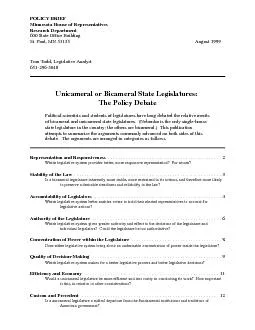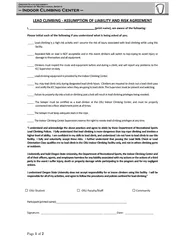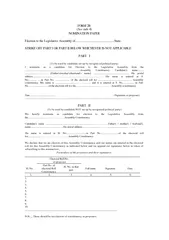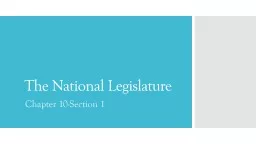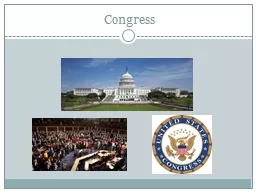PDF-House Research DepartmentAugust 1999Unicameral or Bicameral State Legi
Author : trish-goza | Published Date : 2015-11-26
Representation and ResponsivenessWhich legislative system provides better more responsive representation For whom Unicameralists say that two houses no longer serve
Presentation Embed Code
Download Presentation
Download Presentation The PPT/PDF document "House Research DepartmentAugust 1999Unic..." is the property of its rightful owner. Permission is granted to download and print the materials on this website for personal, non-commercial use only, and to display it on your personal computer provided you do not modify the materials and that you retain all copyright notices contained in the materials. By downloading content from our website, you accept the terms of this agreement.
House Research DepartmentAugust 1999Unicameral or Bicameral State Legi: Transcript
Download Rules Of Document
"House Research DepartmentAugust 1999Unicameral or Bicameral State Legi"The content belongs to its owner. You may download and print it for personal use, without modification, and keep all copyright notices. By downloading, you agree to these terms.
Related Documents

